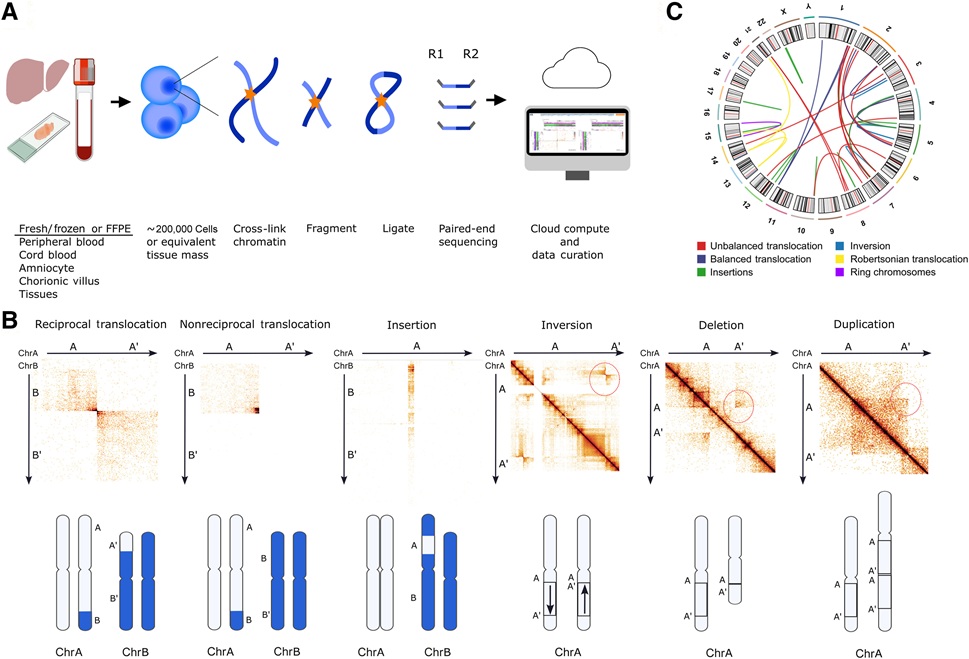Endomicroscopy Diagnosis Require Further Standardization
By LabMedica International staff writers
Posted on 04 Sep 2012
A new study showed that diagnostic agreement between specialists using probe-based confocal laser endomicroscopy (pCLE) was poor to fair, as was the final diagnosis.Posted on 04 Sep 2012
Researchers at the University of Virginia (Charlottesville, USA) and Weill Cornell Medical College (New York, NY, USA) asked six gastroenterologists trained in using bile duct pCLE to analyze seven variables (presence of thick or thin dark or white bands, dark clumps, epithelium including glandular structures, interstitial fluorescein leakage, ease of interpretation, and final diagnosis) seen in the 30-second to 1-minute video clips, and diagnose whether the bile duct was cancerous or not. Only the study coordinator knew the results in advance due to confirmation from tissue biopsies after surgery, or other evidence of malignancy.
Based on operator experience, the observers were categorized into three categories of experience (Category 1: 0-10 cases; Category 2: 11-20 cases; Category 3: over 21 cases). The results showed that upon stratification, Category 1 inter-observer agreement ranged from "Poor" to "Fair,” and for the final diagnosis variable, the agreement was slight. For both Category 2 and 3 interobserver agreement, the results also ranged from "Poor" to "Fair", and for the final diagnosis variable, the agreement was similarly slight. The study was published ahead of print on August 9, 2012, in Digestive Disease and Sciences.
“We can now see inside these tiny organs, but we just need to know exactly what we are looking at. It is clear physicians need a standard by which to understand what they see, which will also need to involve more training,” said study coauthor Michel Kahaleh, MD, of Weill Cornell Medical College. “This is increasingly important, as these minimally invasive systems are proposed for use in diagnosing other health issues in the gastrointestinal tract, including ulcerative colitis and Barrett's esophagus.”
pCLE is a new diagnostic technique that allows microscopic examination of the digestive mucosa during ongoing endoscopy. Different types of tissue and diseases can be diagnosed immediately, and analysis of the in vivo micro-architecture is helpful to better target standard biopsies and reduces the number of biopsies required. pCLE necessitates an intravenous injection of a fluorescent marker, such as fluorescein, to obtain “optical biopsies” with a high level of magnification.
Related Links:
University of Virginia
Weill Cornell Medical College




 assay.jpg)









